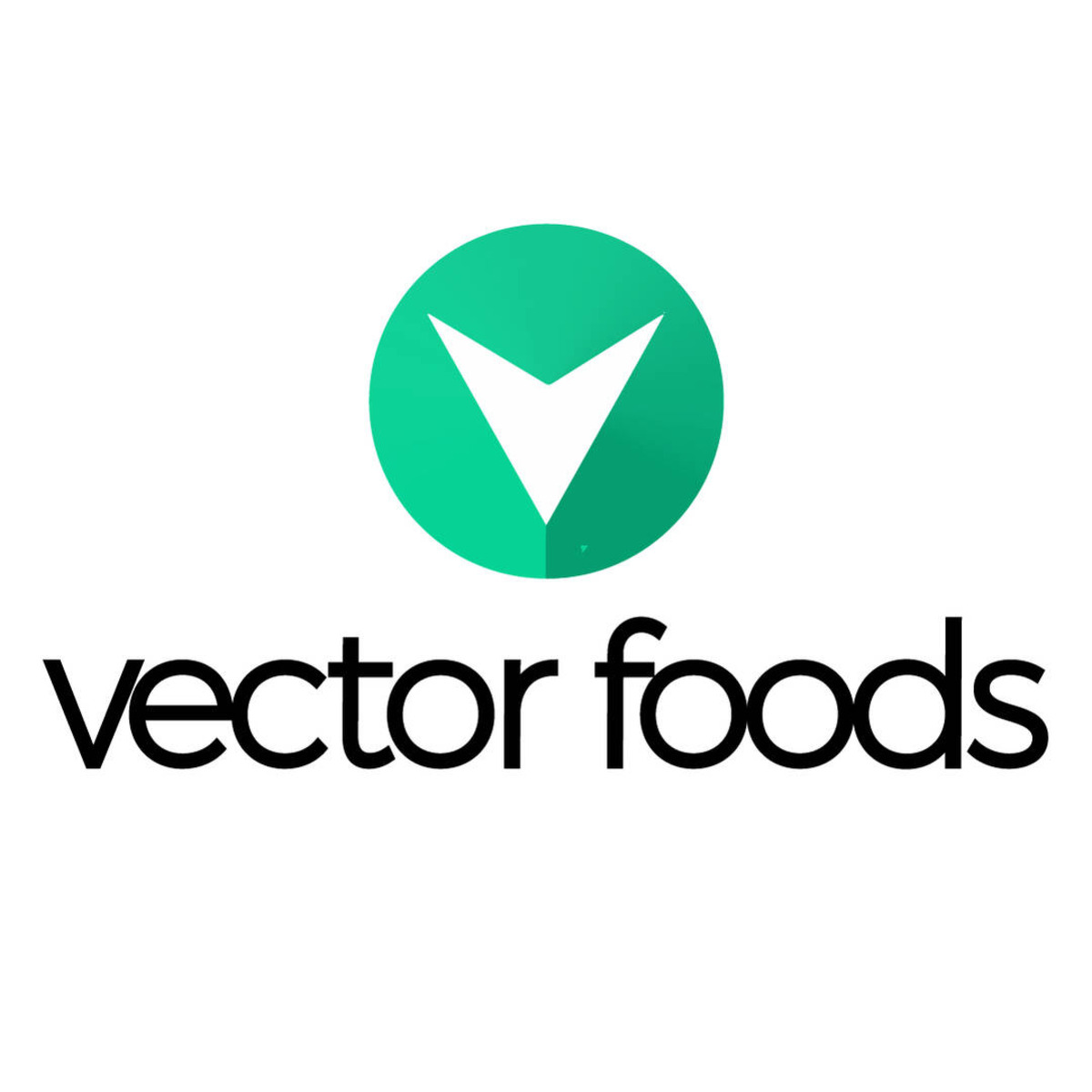Vector Foods,In the modern world, food production and consumption are at the heart of significant global challenges and opportunities. From feeding a growing population to ensuring environmental sustainability, the stakes are high. Vector foods, an innovative concept gaining traction in recent years, offer promising solutions to these pressing issues. This article delves into what vector foods are, their benefits, the technology behind them, and their potential to transform the food industry.
Understanding Vector Foods
Vector foods are designed to deliver enhanced nutritional profiles, sustainability, and efficiency in production. The term “vector” in this context refers to the vector in mathematics and physics—a quantity having both magnitude and direction. Similarly, foods are engineered to deliver targeted nutritional benefits with maximum impact.
These foods are often created using advanced food science and technology, including biotechnology, genetic modification, and precision agriculture. The goal is to produce foods that are not only rich in essential nutrients but also environmentally sustainable and efficient to produce.
The Science Behind Vector Foods
The development of vector foods involves a range of cutting-edge technologies:
- Genetic Modification and Biotechnology: By altering the genetic makeup of plants and animals, scientists can enhance their nutritional content. For example, biofortification can increase the levels of vitamins and minerals in staple crops like rice and wheat. The famous example of this is Golden Rice, which has been genetically modified to produce beta-carotene, a precursor of vitamin A.
- Precision Agriculture: This involves using technology to monitor and manage crop growth with precision. Drones, satellite imagery, and IoT devices can provide real-time data on soil health, moisture levels, and crop conditions. This data allows farmers to optimize the use of water, fertilizers, and pesticides, leading to higher yields and more nutritious crops.
- Synthetic Biology: This emerging field combines biology and engineering to design and construct new biological parts, devices, and systems. Synthetic biology can be used to create novel foods with specific nutritional profiles or to produce food ingredients more sustainably. For instance, lab-grown meat, also known as cultured meat, is produced by cultivating animal cells in a controlled environment, reducing the need for traditional livestock farming.
- Fermentation Technology: Traditional fermentation has been used for centuries to produce foods like yogurt, cheese, and bread. Modern fermentation technology leverages microbes to produce proteins and other nutrients efficiently. This approach is used to create alternative proteins, such as those found in plant-based meat substitutes.
Benefits of Vector Foods
The benefits of vector foods are multifaceted, impacting health, the environment, and the economy.
- Enhanced Nutrition: Vector foods can be engineered to address specific nutritional deficiencies. For example, crops fortified with iron or zinc can help combat malnutrition in regions where these deficiencies are prevalent. Additionally, vector foods can be designed to have higher levels of essential amino acids, making them more complete sources of protein.
- Environmental Sustainability: Traditional agriculture is resource-intensive and often detrimental to the environment. Vector foods, on the other hand, can be produced with fewer inputs, such as water, land, and fertilizers. Precision agriculture and synthetic biology can reduce the environmental footprint of food production, helping to mitigate climate change and biodiversity loss.
- Economic Efficiency: By improving crop yields and reducing the need for chemical inputs, vector foods can lower the costs of food production. This can make healthy and nutritious foods more affordable and accessible to a broader population.
- Food Security: With the global population projected to reach 9.7 billion by 2050, food security is a critical concern. Vector foods can play a vital role in ensuring a stable and sufficient food supply by increasing the resilience of crops to pests, diseases, and climate change.
Challenges and Considerations
While vector foods hold great promise, there are several challenges and considerations to address:
- Regulatory Hurdles: The development and commercialization of genetically modified and synthetic foods are subject to stringent regulations. Ensuring the safety and efficacy of these foods is paramount, but the regulatory process can be slow and cumbersome.
- Public Perception: Consumer acceptance of vector foods, particularly those involving genetic modification, remains a significant barrier. Educating the public about the benefits and safety of these foods is crucial for their widespread adoption.
- Ethical Concerns: The use of biotechnology in food production raises ethical questions about tampering with nature and the potential long-term effects on ecosystems. These concerns need to be carefully weighed against the potential benefits.
- Equity and Access: Ensuring that the benefits of vector foods are accessible to all, particularly marginalized and low-income populations, is essential. There is a risk that technological advancements in food production could exacerbate existing inequalities if not managed inclusively.
The Future of Vector Foods
The future of vector foods is bright, with ongoing research and development aimed at overcoming current challenges and maximizing their potential. As technology advances, we can expect to see even more innovative solutions for enhancing the nutritional content and sustainability of our food supply.
Collaborative efforts between scientists, policymakers, industry leaders, and consumers will be crucial in shaping the future of vector foods. By fostering an environment of innovation and inclusivity, we can harness the power of vector foods to address some of the most pressing global challenges related to health, sustainability, and food security.
In conclusion, vector foods represent a paradigm shift in how we approach food production and consumption. They offer a promising pathway to a healthier, more sustainable, and equitable food system. As we continue to explore and develop these technologies, the potential to revolutionize nutrition and sustainability on a global scale becomes increasingly within reach.





